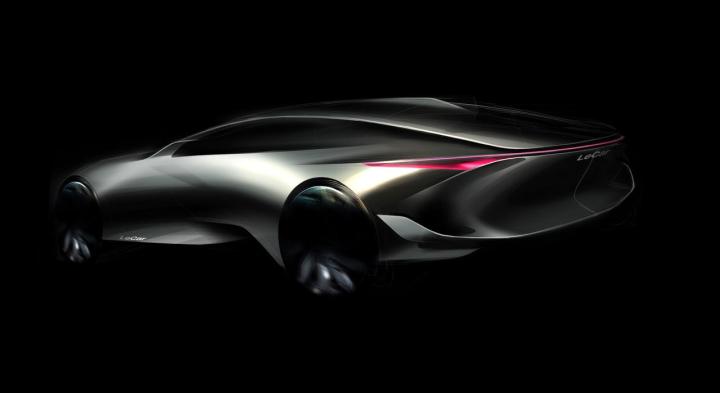
Yueting founded and runs LeTV, a service that can best be described as China’s version of Netflix. He recently divested about $1.2 billion’s worth of shares in the company he started in order to privately fund the development of his dream EV. With that money, he’s hired a team of about 600 employees located both in China and in the United States that includes former Tesla, BMW, and General Motors workers. The project is run by a former Lotus executive named Tony Nie.
“Those people, they bring very good experience. They’ve done this before. They know how to avoid a mistake. They’ve learned the lessons already, so they can help us to move faster, and do something really different,” explained Nie in an interview with Fastcodesign.
Concrete details are still few and far between. Yueting wanted to name the EV Le Car (“Le” means “happy” in Mandarin Chinese) but the moniker was famously trademarked by Renault in the late 1970s and used on the ill-fated, U.S.-spec version of the tiny Renault 5. Yueting has consequently settled on naming the EV Le Supercar.
Early sketches give us a vague idea of what the Le Supercar will look like, though the final design hasn’t been locked in yet. Power will come from an all-electric drivetrain that’s currently being developed using components designed and built in-house.
Like the Model S, the Le Supercar’s cockpit will feature a large touch screen that will allow the passengers to remain connected on the go. Interesting, Yueting admits the rise of the connected car is one of the big reasons why he wants to enter the auto industry. He believes that integrating LeTV’s services (such as streaming) into the Le Supercar’s infotainment system will considerably broaden his customer base and noticeably boost profits.
If everything goes according to plan, the Le Supercar will be presented to the public in April of next year at the biennial Beijing Motor Show. It will be introduced as a thinly-veiled concept, and the production model won’t go on sale until 2018 at the very earliest.




